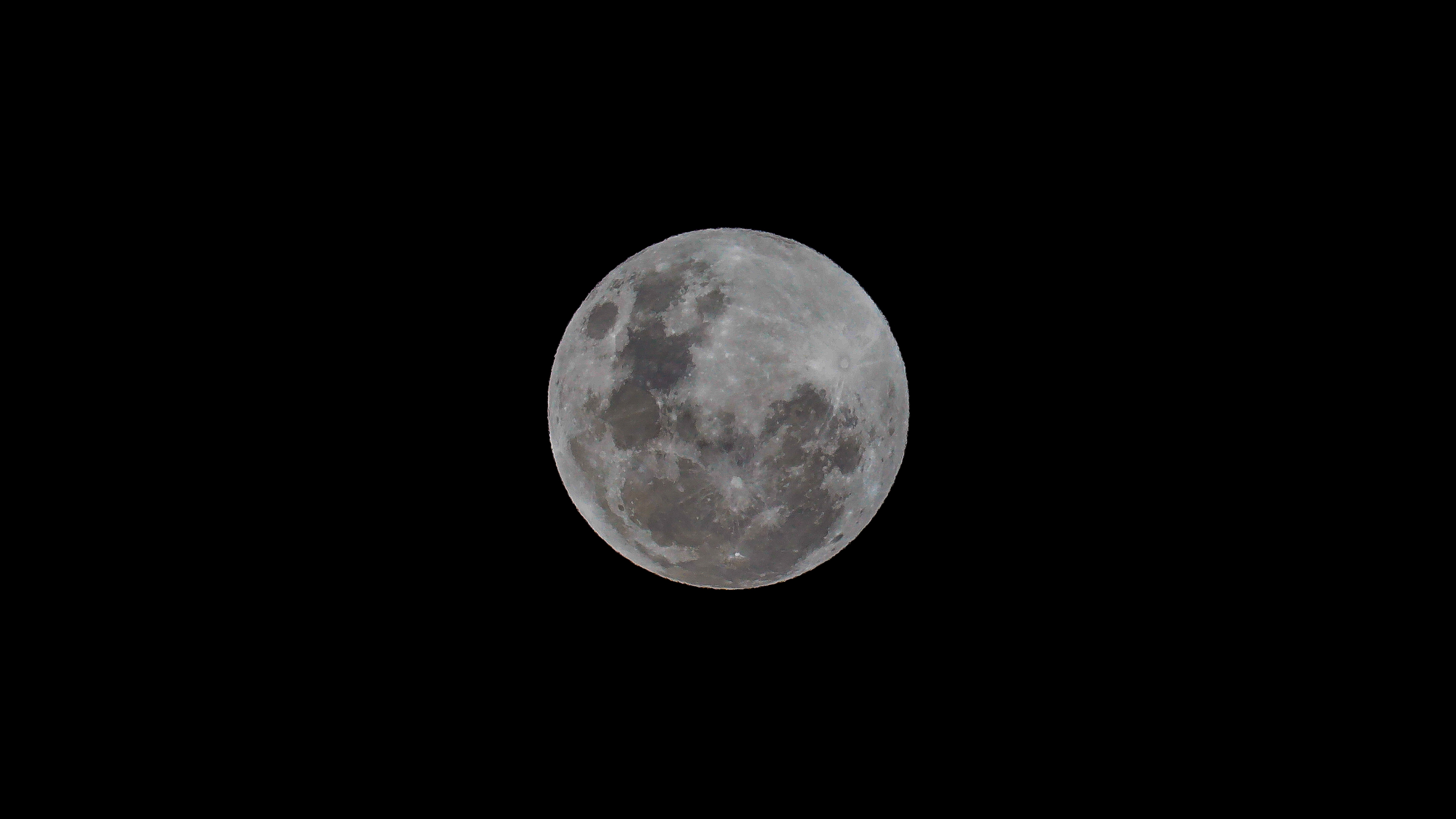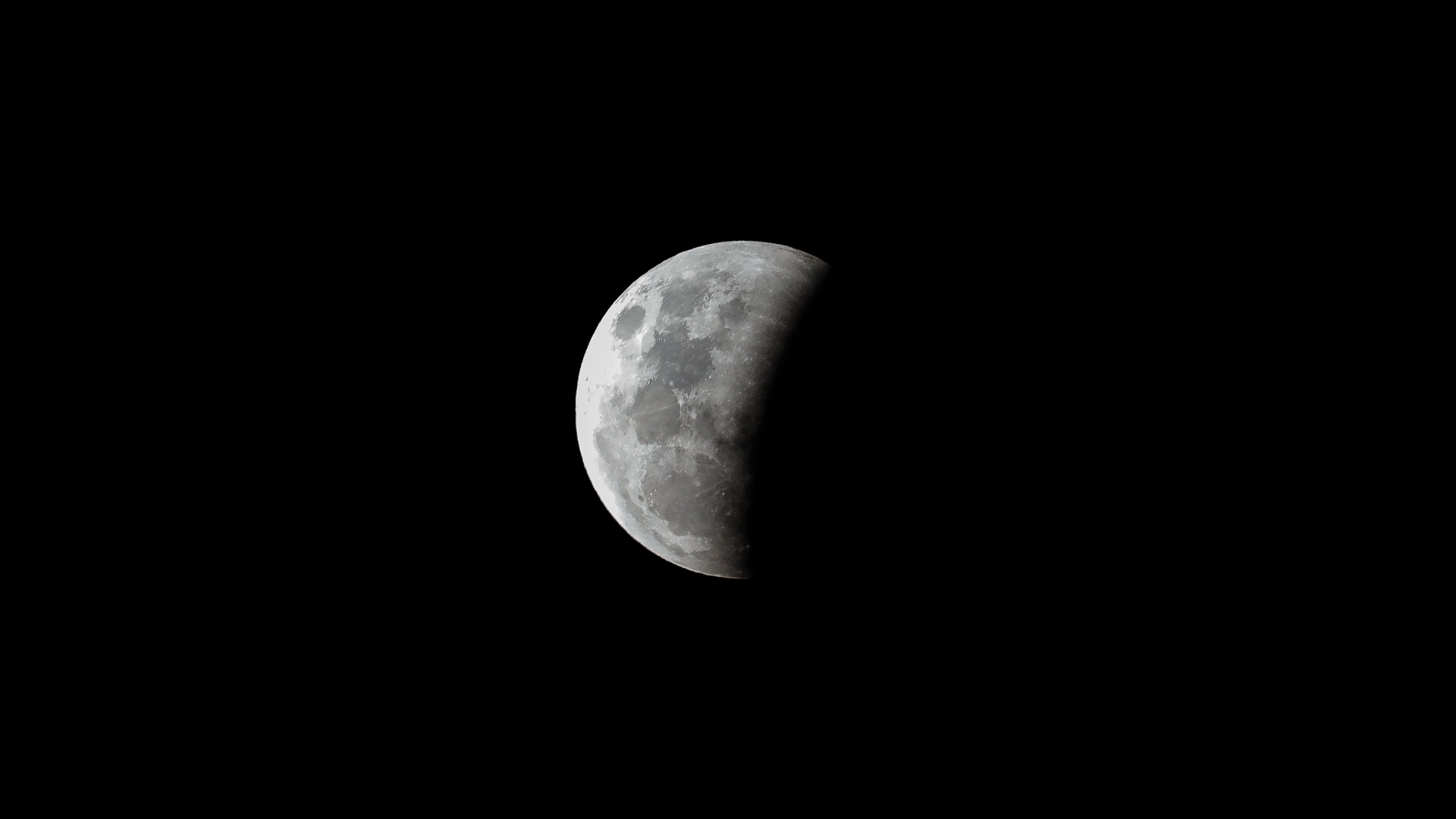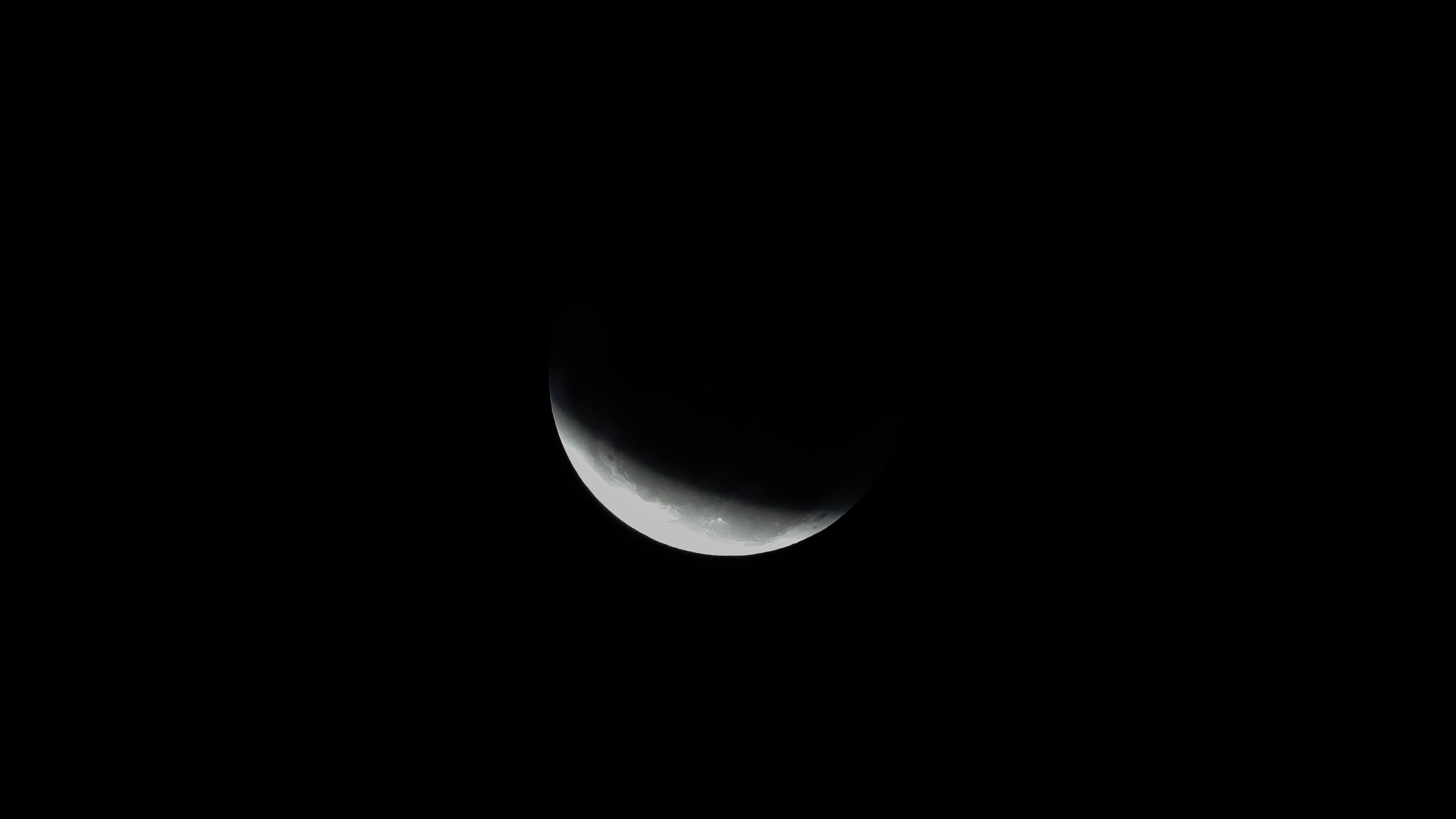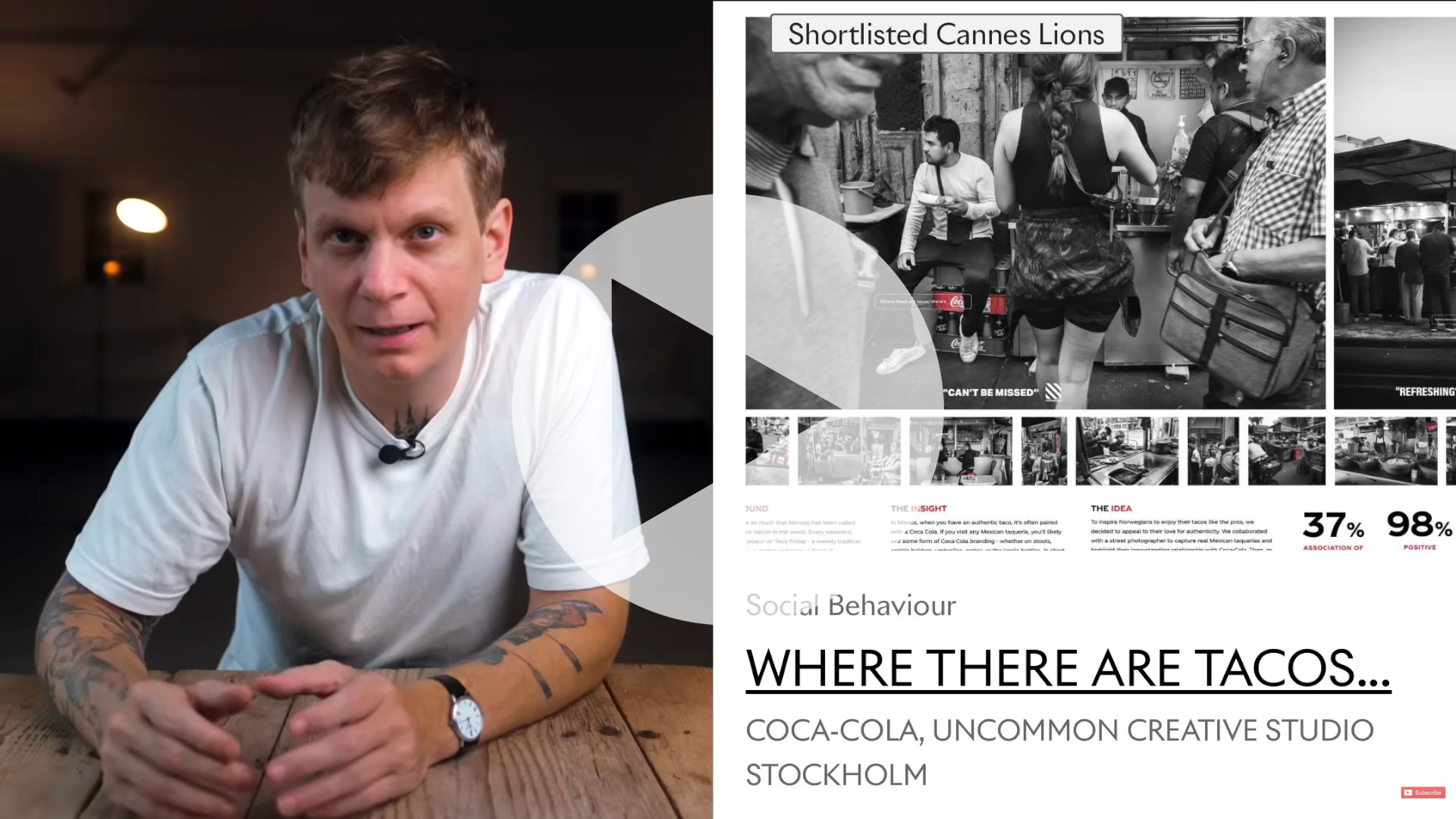Confessions of a lazy photographer: how I captured the blood moon without a tripod
Everyone says you need a tripod to capture a lunar eclipse or blood moon – I decided to buck the trend
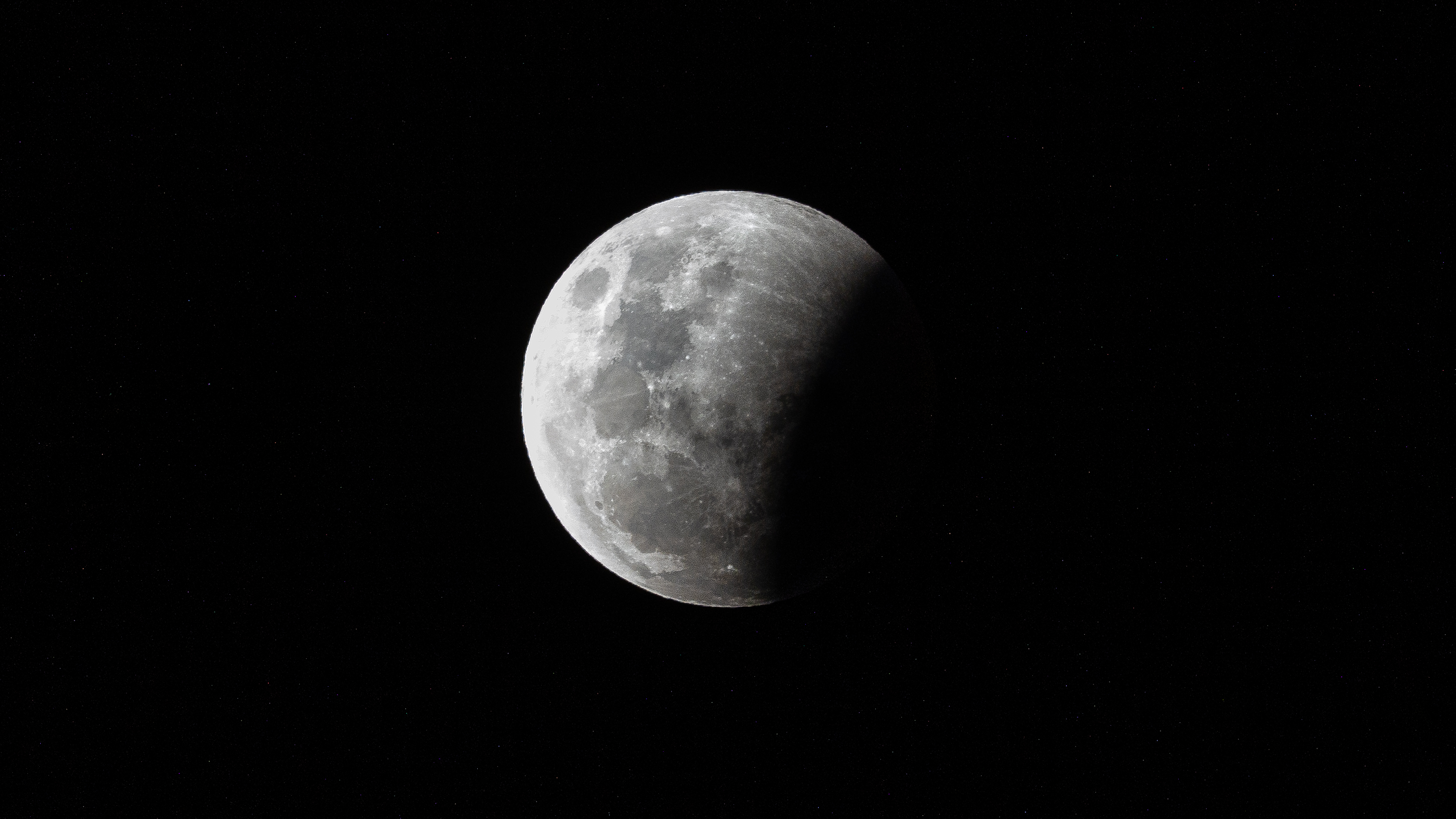
I have a few confessions to make: While I love taking pictures, I absolutely detest using my smartphone to do so. And although cameras and photography are important to me personally and professionally, I hate lugging around too much gear. I also don't quite like digitally manipulating my images during post-processing – not because I think it's wrong, but because I never bothered to learn the ins and outs.
When heading out for a shoot, the first piece of kit that I always consider leaving behind is my tripod. While it's an integral part of any photographer's gear – especially when you're indulging in a spot of night photography – if I think I can do without it, I will.
So, when it came time to head out on 26 May, 2021, to capture images of the total lunar eclipse and the blood moon, I decided I'd be fine without it. A small voice in my head repeatedly told me I'd regret it, but I chose to ignore it. I convinced myself that I'd be capable of holding steady a 500mm lens to shoot at shutter speeds at low as 1/60 sec.
So, what gear did I finally take with me when I went to photograph the recent blood moon? Just the Canon EOS R body paired with the RF 100-500mm f/4.5-7.1L IS USM, hoping to keep it light with Canon's full-frame mirrorless system.
Of course, I began to suffer from FOMO (the fear of missing out) the moment I got to my preferred spot for capturing the blood moon.
Being based in Sydney, the obvious place is the harbor at Circular Quay, where it's possible to capture the moon along with striking foregrounds of the world-famous Opera House or the Harbour Bridge. By the time I got to my destination, the full supermoon was already quite high in the sky, and any wide-angle lens would have made it look like a tiny spot – for someone who prefers to do everything in camera, that's not ideal.
When I arrived, several other photographers were already on the scene and staked out their preferred spots... and all were set up with massive lenses mounted on sturdy tripods.
The best camera deals, reviews, product advice, and unmissable photography news, direct to your inbox!
Handheld night photography
Still, I had decided I wanted pictures of the blood moon, so undeterred I settled down with my (comparatively) meager kit and went for it anyway.
With the moon still full and pretty bright, it was easy enough to capture a clear shot handheld, although at 500mm, the lens shakes no matter how steady you think your hands are. Still, at 1/1000 sec and an aperture of f/8, the moon was a bright globe with its craters and other features barely visible. That's a shot I could work with.
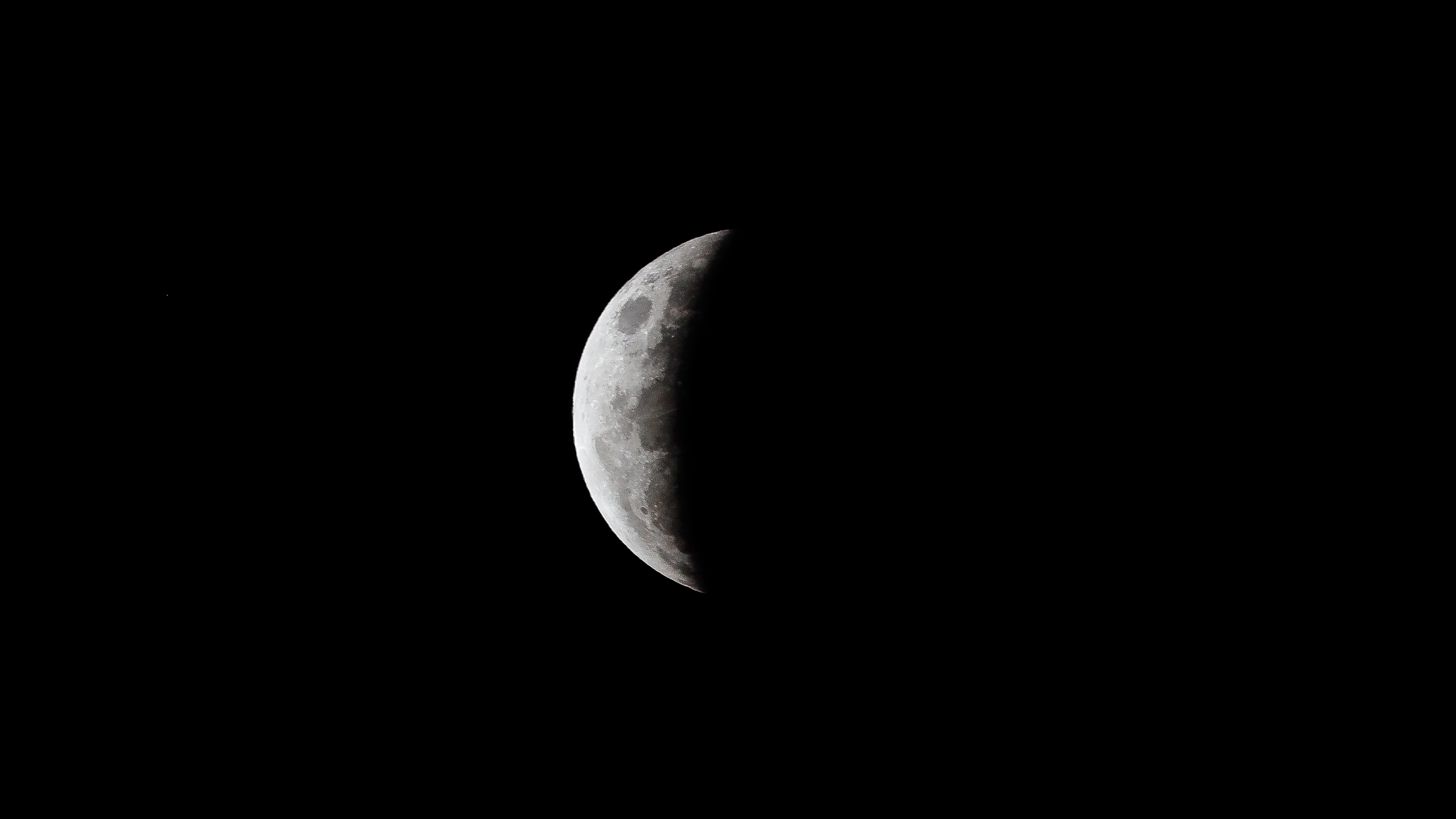
As the shadow of Earth crept across the moon, I realized I needed to slow down the shutter speed significantly. A little bit of experimentation and I settled at 1/320 sec at f/7.1 and ISO 640. However, at 500mm, I could see how badly the lens was shaking as my arms grew tired – and the EOS R doesn't have in-body image stabilization like the newer EOS R5 and EOSS R6 models.
Still, I thought I'd be able to manage and figured that a few tweaks in Lightroom would fix any major issues.

By the time the eclipse was total, however, I realized the only way to capture the color of the blood moon would be to bump up the ISO levels to nothing I'd ever shot with before – I took it all the way up to the EOS R's extended H1 sensitivity level of 51,200.
The result was, as expected, a massive amount of noise that I could see even through the camera's EVF. I was shooting both raw and JPEG simultaneously, hoping that I'd have enough leeway to work a little denoise magic in post.
As you can see from the bloom moon image above though, removing noise from the image also took away the details and clarity of the final image.

If I dropped the ISO to reduce noise, I lost that vibrant colour, as can be seen in the image above. While the resulting image isn't quite the kind I'd 'show off', I still found it interesting – the brightness merging into the shadow makes it a very different image from the ones you'd normally see on social media.
The regret of not carrying a tripod finally set in, but I refused to be defeated. I keep trying different shutter speeds, all the way down to 1/60 sec at f/7.1 and ISO settings between 8000 and 40,000.
Moral of the story
When I finally got my images loaded onto my computer, it hit me just how bad the noise levels were.
But, a few minor tweaks in Lightroom and I had some usable images. I didn't bother with double exposures or adding the moon from the current crop of images to any of my older shots of Sydney's harbor – all I did was remove noise, adjust exposure for some shots, and added some clarity to bring out the geographical features of the moon's surface.
Sure, I won't be framing those images any time soon, but they're still perfect for sharing on social media.
And not only did I manage that without a tripod, I used a camera that didn't feature IBIS and, as I later realized, had been shooting while the lens' in-built stabilization was also switched off.
The moral of the story? You don't need to have the best gear or excellent editing skills to get a picture of the eclipsed moon in all its glory. You will, however, still need a telephoto lens to get up close and personal.
Read more
Best Canon RF lenses
Best full-frame mirrorless camera
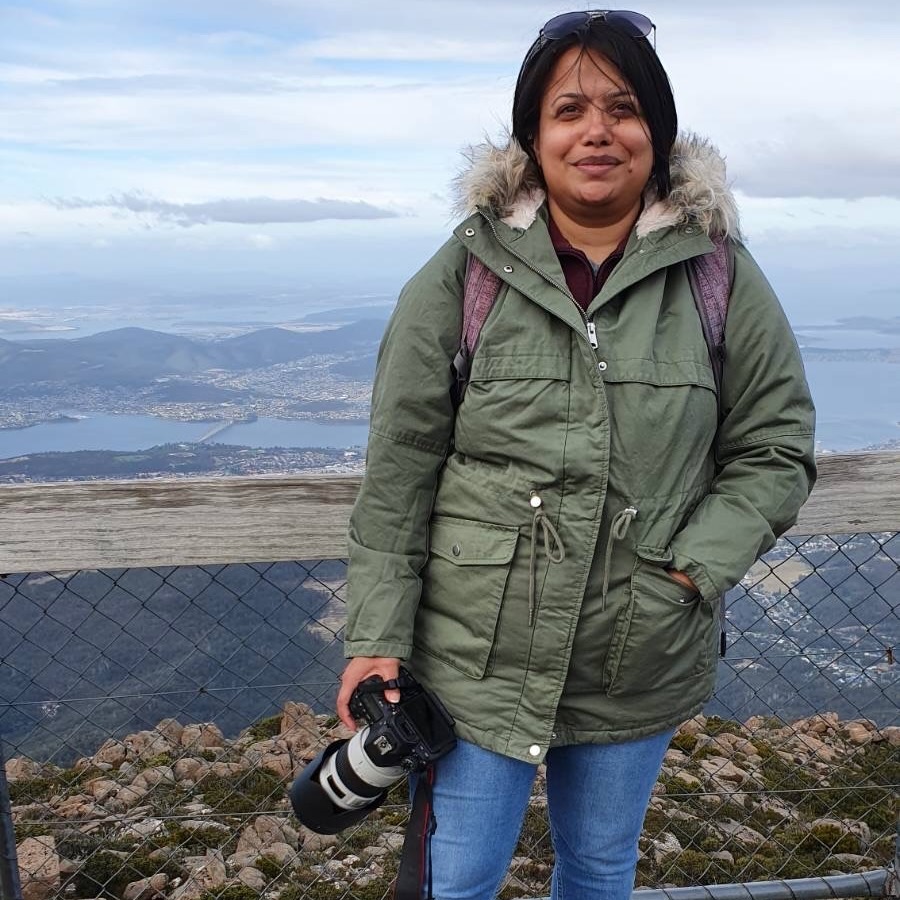
Along with looking after they day-to-day functioning of Digital Camera World in Australia, Sharmishta is the Managing Editor (APAC) for TechRadar as well. Her passion for photography started when she was studying monkeys in the wilds of India and is entirely self-taught. That puts her in the unique position to understand what a beginner or enthusiast is looking for in a camera or lens, and writes to help those like her on their path to developing their skills or finding the best gear. While she experiments with quite a few genres of photography, her main area of interest is nature – wildlife, landscapes and macros.
